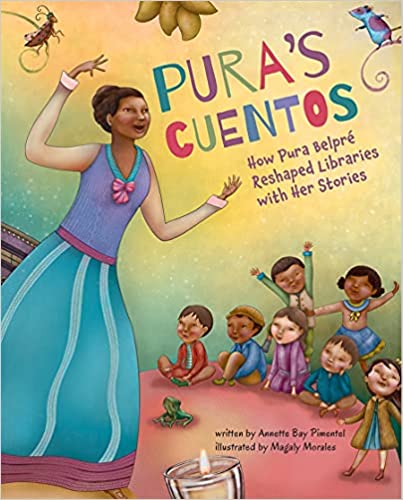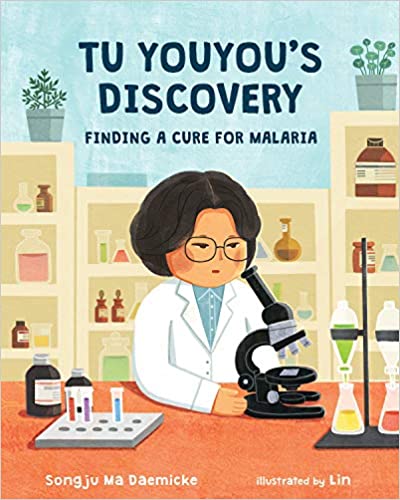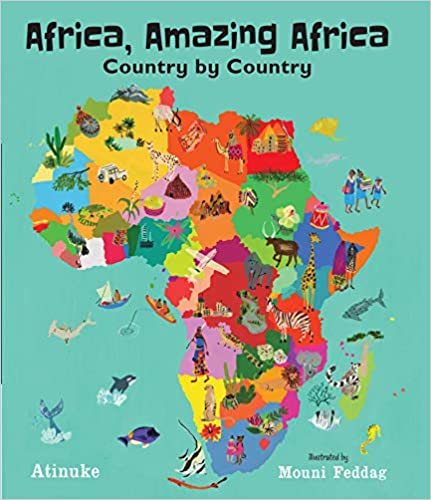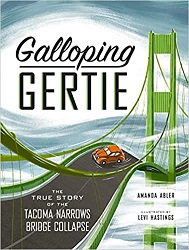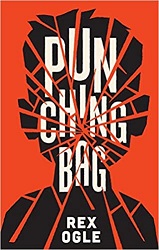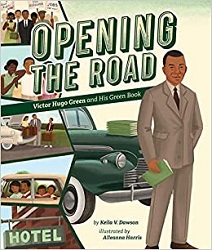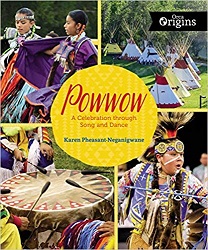Review Pura’s Cuentos, Annette Bay Pimentel, illustrated by Magaly Morales
How Pura Belpré Reshaped Libraries with Her Stories
by Annette Bay Pimentel
illustrated by Magaly Morales
Abrams Books for Young Readers, 2021. 36 pages.
Review written April 16, 2022, from a library book
Starred Review
Here’s a lovely and lively picture book biography about the librarian who helped start a trend of bilingual storytimes, and whom the award for children’s books by Latinx creators is named after.
The book begins with Pura’s childhood in Puerto Rico and how much she loved her abuela’s stories. Then she came to New York and became a librarian, but she didn’t find the stories from her childhood on the library shelves. All the same, she enjoyed telling stories.
Oh, Pura can tell a story! She hisses . . . murmurs . . . roars. Children lean forward. They giggle . . . shiver . . . sigh.
She is allowed to tell only stories that have been printed in a book. That’s the rule. So she always tells stranger’s stories.
But Pura knows that not all the stories worth telling are in books. She wants to make children giggle at silly Señor Gallo and cry over Pérez the mouse. She wants to tell Abuela’s stories!
Pura decides: She will break the rule.
The book tells how Pura got permission to shake things up by demonstrating her storytelling skills. And after that step, she began telling stories in Spanish as well as English, to bring in more of the neighborhood children.
As the years went by, she got children more and more involved, even making puppets to tell the stories. Eventually, she collected stories from her childhood in published books.
The Author’s Note at the back gives more information about Pura Belpré’s illustrious career. For me, it’s nice to know about the person honored forever after by the award. For kids, this is an enchanting picture book biography about how everyone’s stories are important.
annettebaypimentel.com
abramsyoungreaders.com
Find this review on Sonderbooks at: www.sonderbooks.com/Childrens_Nonfiction/puras_cuentos.html
Disclosure: I am an Amazon Affiliate, and will earn a small percentage if you order a book on Amazon after clicking through from my site.
Disclaimer: I am a professional librarian, but the views expressed are solely my own, and in no way represent the official views of my employer or of any committee or group of which I am part.
What did you think of this book?
